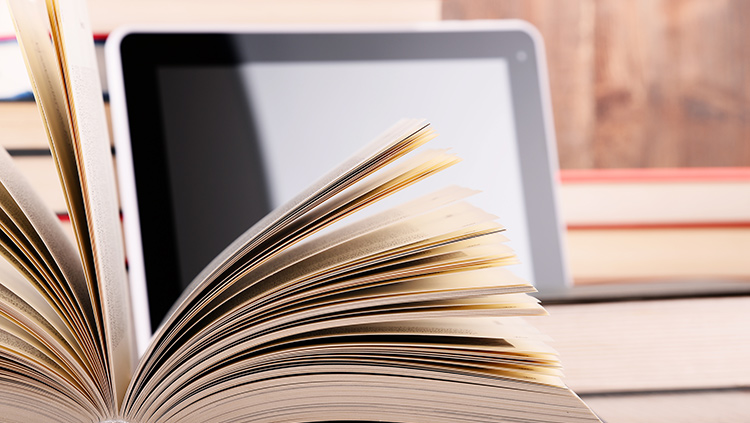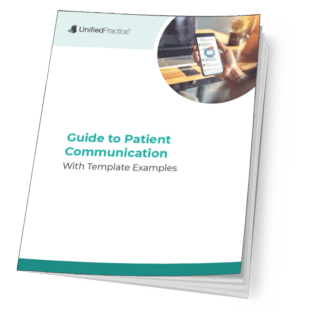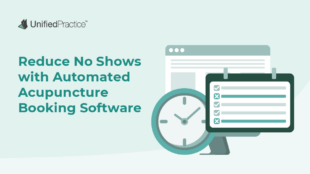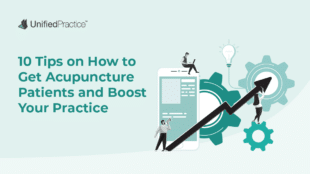What do you think flashes into most patients’ minds when they imagine a medical professional’s office?
Big desk? Check.
Examination table? Check.
Wall calendar with a generic picture of a sunset? Most likely.
But maybe the most reassuring office feature will be a bookshelf of well-thumbed medical volumes. Because all your knowledge has to come from somewhere, right? And it’s kind of reassuring for a patient to know a practitioner won’t have to work entirely from memory.
While a well-stocked library of books will send a positive message to your patients — and, as any interior designer will tell you, books do furnish a room — there are other ways to access essential reference materials in the digital age. I’m not just speaking of a virtual library in the form of ebooks. Many TCM practitioners now find it essential to supplement their traditional reference books with the library resources built into comprehensive TCM software for iPad or other tablets. But whichever technology you use, one fact remains the same — as a professional practitioner of Traditional Chinese Medicine, you’re going to need a library of the best reference materials at your fingertips.
Here is a non-exhaustive list of essential references for TCM professionals that are going to look good on your shelf — or help you streamline your treatments via speedy digital access (where available).
A Practical Dictionary of Chinese Medicine
Nigel Wiseman & Feng Ye
Yep, the mother lode — a dictionary of staggering scope designed for constant practical use. It’s also impeccably cross-referenced. This dictionary is particularly enhanced by digital access. In fact, Wiseman & Ye is considered so essential that it is now seamlessly incorporated into the best comprehensive acupuncture clinic management software. Now it’s easier than ever to call up individual entries during patient consultations.
Chinese Herbal Medicine: Materia Medica
Dan Bensky, Steve Clavey, Erich Stoger.
This monster doorstop — 1325 pages in its latest ‘portable’ flexibound edition — will tell you everything you need to know about traditional Chinese herbs including preparation of combinations. In fact, more than five hundred herbs are covered. You might also be surprised to discover that it’s an entertaining read.
Chinese Acupuncture and Moxibustion
Cheng Xinnong
Cheng Xinnong’s text is frequently used as a learning resource in schools around the world. CAM, as it is widely known, is not only comprehensive but it provides a historical exploration of the development of acupuncture and moxibustion. The translation is occasionally clunky, but it is well-illustrated with tables and diagrams.
Pictorial Atlas of Acupuncture: An Illustrated Manual of Acupuncture Points
Yu-Lin Lian, Chun-Yan Chen, Michael Hammes, and Bernhard C. Kolster
Ebooks have their advantages, but if you want a good reminder of the utility of traditional print books check out this large format, lavishly illustrated volume from H. F. Ullmann Publishing. It’s a veritable visual encyclopedia designed to show you exactly where to locate acupoints for needle placement. And it’s extremely good value for money. Those are a couple of reasons why practitioners and students rave about this book. A feast for the eyes with exemplary practical application.
Points for Profit: The Essential Guide to Practice Success for Acupuncturists
Honora Wolfe, Eric Strand, Marilyn Allen.
Okay, this is a departure from TCM theory and technique, but in its own way just as important a reference book for professionals. It’s a popular handbook for acupuncturists seeking more efficient and successful ways to run a practice. It’s a mandatory textbook in many schools. This book will help you refocus on the business side of working in the field.
By Matthew Leask




